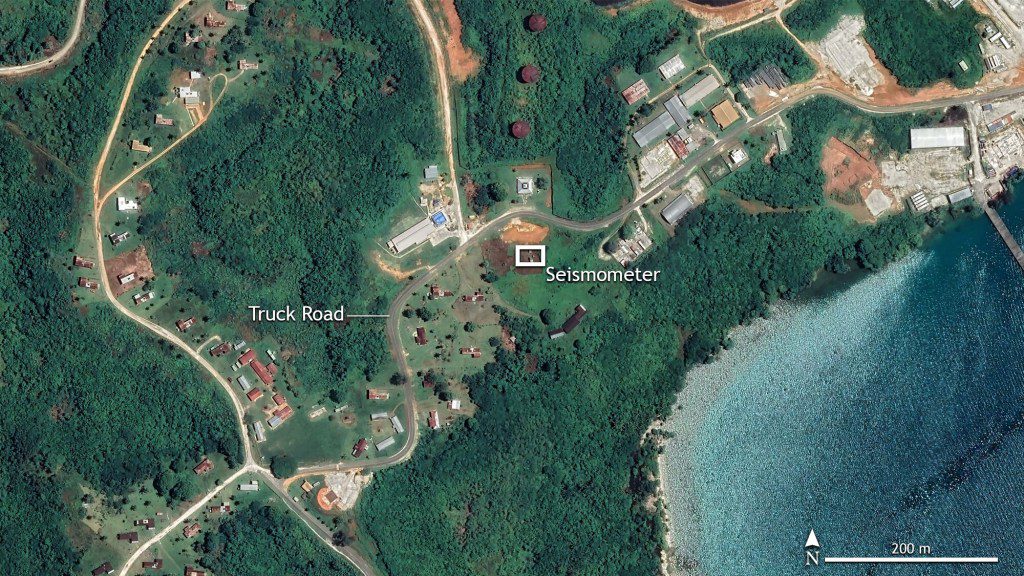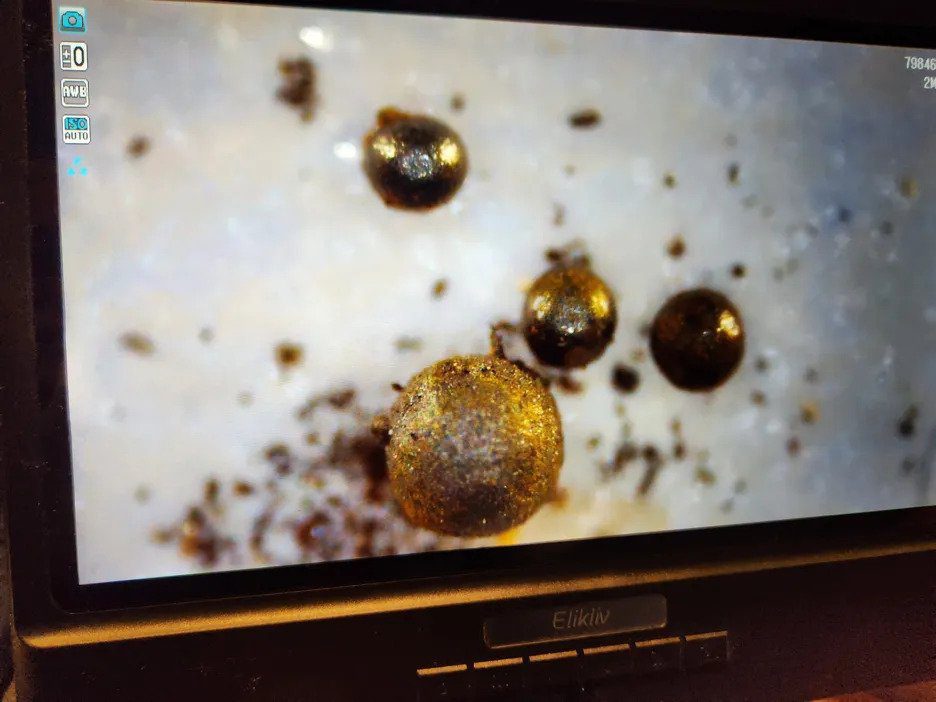In January 2014, a a meteor traveled through the atmosphere and left a mark, a bright ball of fire over the Pacific Ocean.
Before it crashed into the sea, unusual sound waves were detected by a seismometer in nearby Papua New Guinea.
Is it possible that it was a alien message? Maybe a desperate SOS?
Sadly for UFO enthusiasts, it was not. The sound waves actually came from a truck, definitely from Earth, moving along a nearby road.
‘The signal changed direction over time, matching exactly a road that passes by the seismometer,’ said Dr Benjamin Fernando, a planetary seismologist at Johns Hopkins University who led the research.
‘It’s really hard to take a signal and confirm that it is not from something. But what we can do is demonstrate that there are many signals like this, and show they have all the characteristics we’d expect from a truck – and none of the characteristics we’d expect from a meteor.’
The team that made the disappointing discovery also says it also raises doubts that material collected from the suspected crash site last year are alien materials from the meteor.
The small spherules, described as ‘magnetic marbles’, have been intensely researched by Harvard professor Dr Avi Loeb. Last year he published findings suggesting they proved the meteorite, known as IM1, came from beyond our solar system – and could even be the remnants of alien technology.
Dr Loeb argued that an unusual abundance of three elements, beryllium (Be), lanthanum (La), and uranium (U), named BeLaU, suggests they are unlike any meteorites seen before.
However, the Johns Hopkins team argues the new seismic data means the meteor may not have even fallen near where the spherules were collected.
‘The fireball location was actually very far away from where the oceanographic expedition went to retrieve these meteor fragments,’ he said.
‘Not only did they use the wrong signal, they were looking in the wrong place.’
To help find a new entry point, Dr Fernando and the team used data from stations in Australia and Palau, an island in the Pacific, designed to detect sound waves from nuclear testing.
Their results, which will be presented at the Lunar and Planetary Science Conference in Houston on March 12, suggest the meteorite actually landed more than 100 miles from the area investigated.
However, writing on his Medium blog, Professor Loeb argued that the meteorite had been located using more than the seismograph, including data from the Department of Defense (DoD).
‘The authors ignore the DoD localisation data and claim that based on seismometer data alone, IM1’s localisation is unknown within a much larger region,’ he wrote.
‘There is nothing one could tell people who decide to ignore trustworthy DoD information.’
He added: ‘Science is interesting as long as one is willing to follow the evidence, especially if the evidence is provided by the US Space Command in DoD, which is financed at an annual budget of $30 billion to defend the US from ballistic missiles launched by adversarial countries.’
But while questioning the location of IM1, the Johns Hopkins team concluded that the materials that have been examined so far are simply regular meteorites – or meteorite particles that have combined with earthly materials.
‘Whatever was discovered on the seafloor is completely unrelated to this meteor, regardless of whether it was a natural space rock or a piece of alien spacecraft – even though we strongly suspect that it wasn’t aliens,’ Dr Fernando added.
Spoilsport.













